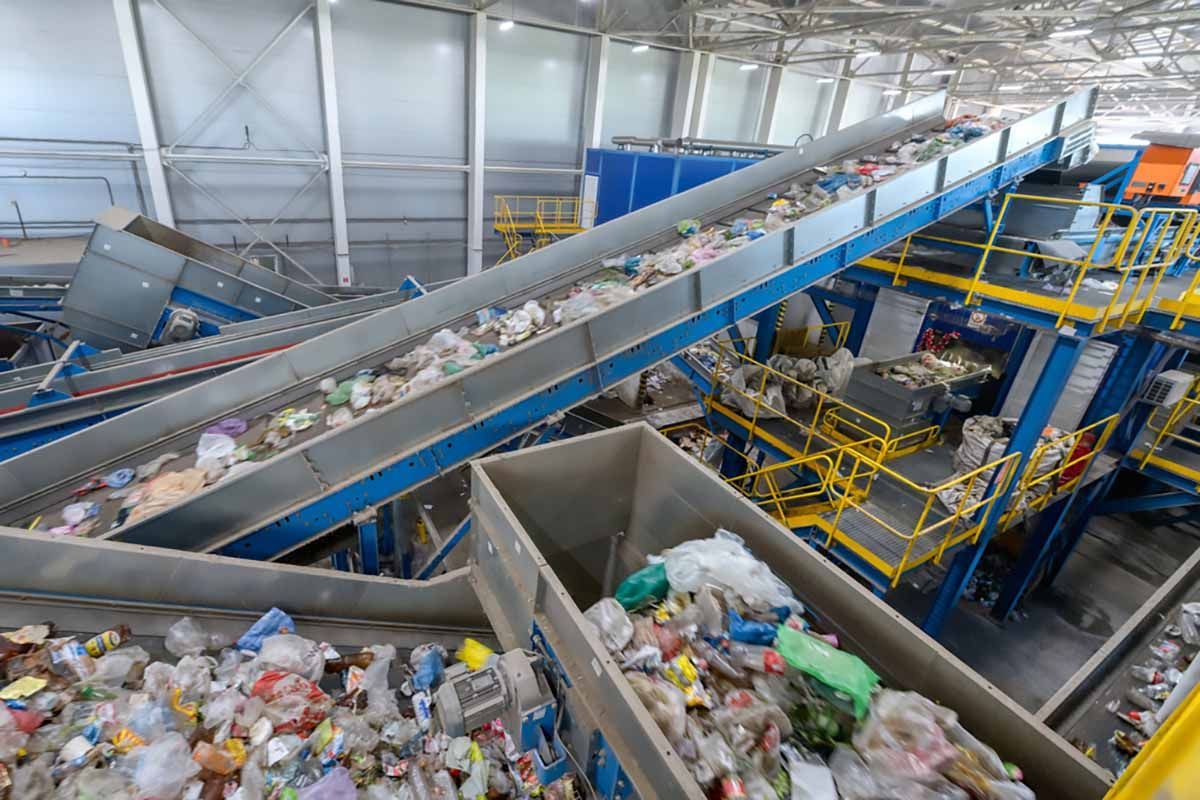500 Million Each Day
February 20, 2018
The only time I use a straw is on summer days, when I’m sitting outside and enjoying a cool beverage in my lidded tumbler. It’s a metal straw and necessary for protecting my beverage from being spilled by Angus the dog’s dangerous wagging tail. I understand that children, the elderly, and ill people may have to use straws to aid in sipping liquids. For the rest of us, however, it’s way past time we consider “Just saying NO” to the unnecessary disposable plastic straw!
It is speculated that drinking straws were developed to serve as a sieve, filtering out solids from the liquids being consumed. Straws are also marketed for sanitary reasons, to reduce the risk of spreading germs from improperly washed glassware. However, like much of our waste, they have since become more of a cultural phenomenon.
According to Wikipedia, the Sumerians used straws for drinking beer, possibly to avoid the distasteful solid byproducts of fermentation that ended up at the bottom of the container. These and other early straws were made of metal. For centuries, Argentines have used metal straws for drinking mate tea. Rye grass straws were popular in the 1800s, despite their tendency to turn into mush in liquid and leaving a “grassy” taste. Again, according to Wikipedia, one Marvin C. Stone set about to address this shortcoming; in 1888, he patented the modern drinking straw, manufactured from paper.
Today, most drinking straws are made from polypropylene plastic. According to EcoCycle’s Be Straw Free Campaign, 500 million plastic straws (equal to nearly 3 million pounds!) are used and disposed in our country each day. This amounts to an average of 1.6 straws per capita per day. Due to their size (they are incompatible with recycling processing equipment) and lack of market demand for polypropylene from straws, they are not recyclable and often end up as litter. Plastic straws are one of the most common litter item found during beach clean-ups.
Straws are ubiquitous, but it seems that most people don’t even consider the impact of the “little” plastic tube. Order almost any cold to-go beverage and it will come with a straw. Sit down in a restaurant, and your water will almost always come with a straw already in the glass. Fortunately, there is growing awareness of the impact of straws and other disposable plastics on our waterways and oceans. We’ve all seen videos of plastic straws and similar items found in sea turtles and other marine animals.
A straws-on-request movement is slowly gaining ground in some parts of the country, most notably in California. The cities of Davis and San Luis Obispo have adopted ordinances requiring that restaurants, bars and cafes have patrons request single-use plastic straws for their drinks, instead of receiving them automatically. Plastic straws in self-service bins are still allowed in these “consumer’s choice” ordinances. Other California communities, including Encinitas, a San Diego County beach town, and Berkeley are also considering similar “straw-reduction” ordinances. Seattle recently announced that as of July, 2018, it will become the largest metropolitan city to ban the single-use plastic straw (compostable or recyclable options are okay). Ahead of the ban, restaurants and other businesses around the City are participating in the Strawless In Seattle campaign.
Of course, not everyone wants to see more ordinances. But if each of us takes it upon themselves to just say “no straw please” when we order cold liquids, this would help to reduce the number of discarded straws. Urging restaurants and other food service providers to adopt a “straws-on-request” policy is another easy tactic. This simple act can make a big difference without limiting those who still want a straw, and its sets a model for customers and other food service providers. Furthermore, those of us in the materials management field know that straws are a common contaminant in recycling and food waste diversion programs; thus, straw reduction policies can be marketed as a green policy undertaking.
Friday, February 24 is National Skip the Straw Day. Consider taking that first step to reduce your straw use. If you are already on the “skip the straw” path, please share this blog and the announcement about National Straw Day. For those who work with food service providers, add the “straws-on-request” policy to your outreach campaigns.
If you still want a straw, there are plenty of reusable alternatives on the market. Just like carrying your own refillable mug or tumbler, reusable straws present a practical compromise. Check out 5 eco-friendly alternatives to plastic straws for a great article about reusable alternatives, including bamboo, metal, glass, and silicone straws. There are also a growing number of paper and compostable straw food service ware providers.
By Athena Lee Bradley
Share Post





